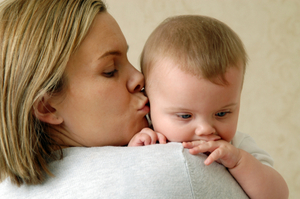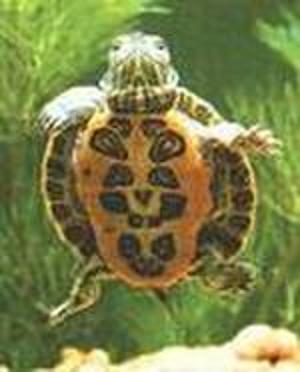Babies tend to breathe through their noses and when something happens to block that air passage, they can get pretty uncomfortable. When your infant is fussy and unhappy because of a blocked up nose, there are a few things you can do to help out and make your little one more comfortable.
For very small babies, under 3 months, it isn’t a good idea to give medicine. So if your newborn is suffering from a cold that has her nose all stuffy, don’t be tempted to give her a small dosage of children’s cold medicine. It could be dangerous and should never be given to a baby that is under 3 months of age without a doctor’s recommendation.
That being said, there are solutions to the stuffy nose business. You can use saline drops which come in a handy bottle with a long snout, perfect for getting the drops right inside the baby’s tiny nostrils. One drop per nostril should do the trick, but make sure you wait between dosing nostrils. About five minutes should be good. If possible, you should massage the side of the nose that you put the saline solution into, but your baby might be too upset to let you.
Another option is suction. You should have a suction device to remove mucus from the baby’s nose, these can be bought at any pharmacy. Look for the one-piece, rubber bulb type, not a two piece one, since these tend to develop leaks and become ineffective. To use the suction bulb, squeeze it before inserting the tube part into the baby’s nose. It can help to press the other nostril gently shut as you release the bulb, letting it suck the mucus out of the infant’s nose. Repeat with the other side.
Sometimes there will be stubborn bits in the baby’s nose that just won’t come out with a suction bulb. In these cases, it can be helpful to use a Q-tip to gently swab out the blockage, as long as it is close to the entrance of the nostril. Don’t stick the Q-tip up inside the nose since you could cause damage and bleeding, this technique works best when there is a lump of dried mucus ready to come out of the nostril.
For cold and flu induced nose problems, you might want to try a vapor bath. Take your baby into the bathroom and shut the door. Now turn the shower on as hot as you can and sit there breathing the steam. This is usually used to loosen phlegm in the chest, but it can also help clear nasal passages and is a safe way to do so in infants.
If your baby doesn’t have any other cold symptoms, but continues to sneeze and have difficulty breathing through her nose, you might have an allergic child on your hands. First, try putting a hat on your little one when you notice that her nose is getting more plugged. This generally happens at night or early in the morning, when it is colder out. If this helps, you have a quick and easy solution, but if it doesn’t, it is time to start looking at why your child is stuffed up.
Allergies are not that uncommon in infants and can be triggered by anything from dust to pollen or pet dander. It is best to talk to your pediatrician about the possibility that your baby has an allergy. In this case, tests can be done and medicine will be administered to help your child feel better.
Just remember, no baby under 3 months should be given cold medicine without a doctor’s say so and if you don’t see instructions on the bottle for your child’s age group, avoid giving any medicine until you have talked to your pediatrician. And even if you feel that something such as Vicks VapoRub would be beneficial, remember that these rubs can be dangerous to anyone under the age of 2.
Stuffy noses can be a hassle and very uncomfortable for a baby who finds it difficult to nurse or take a bottle since she can’t breathe properly while sucking. But there are ways to deal with this problem and every parent should know what to do to relieve the discomfort.



